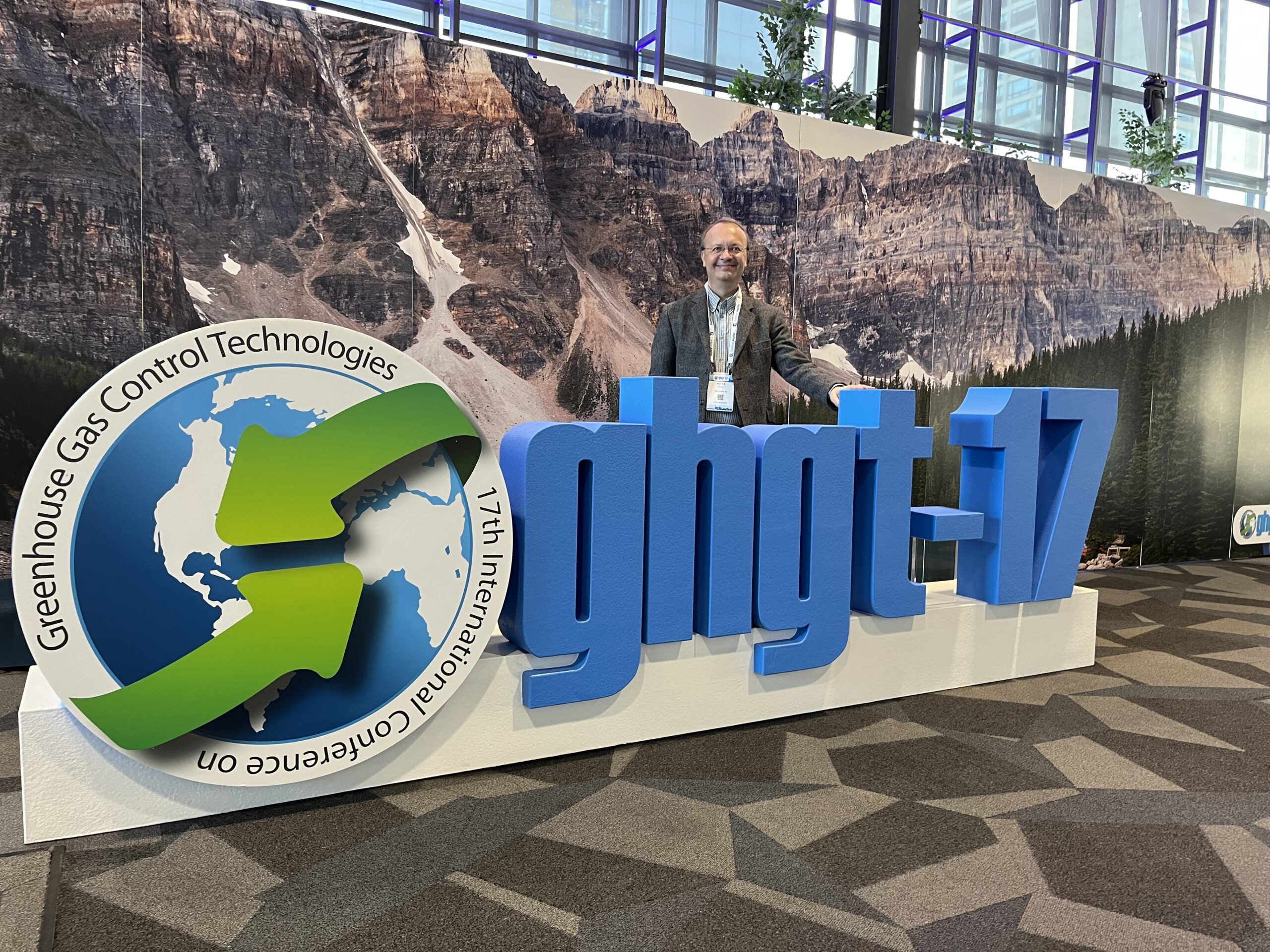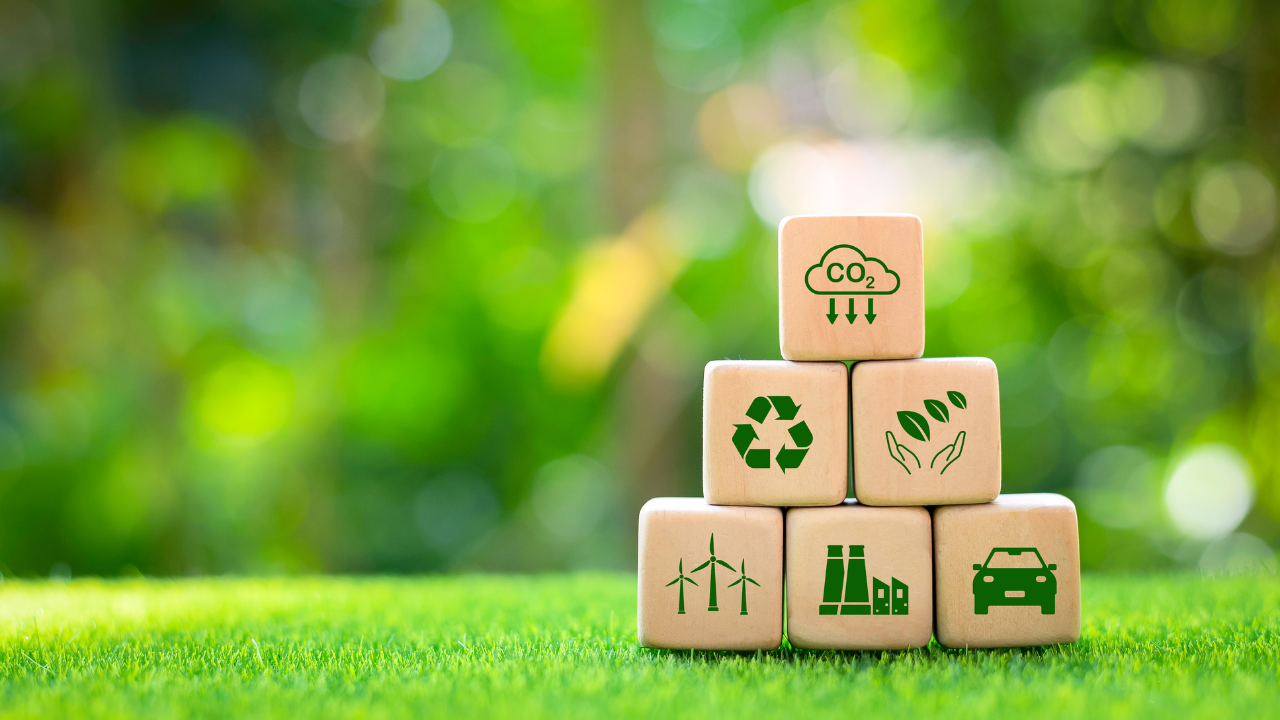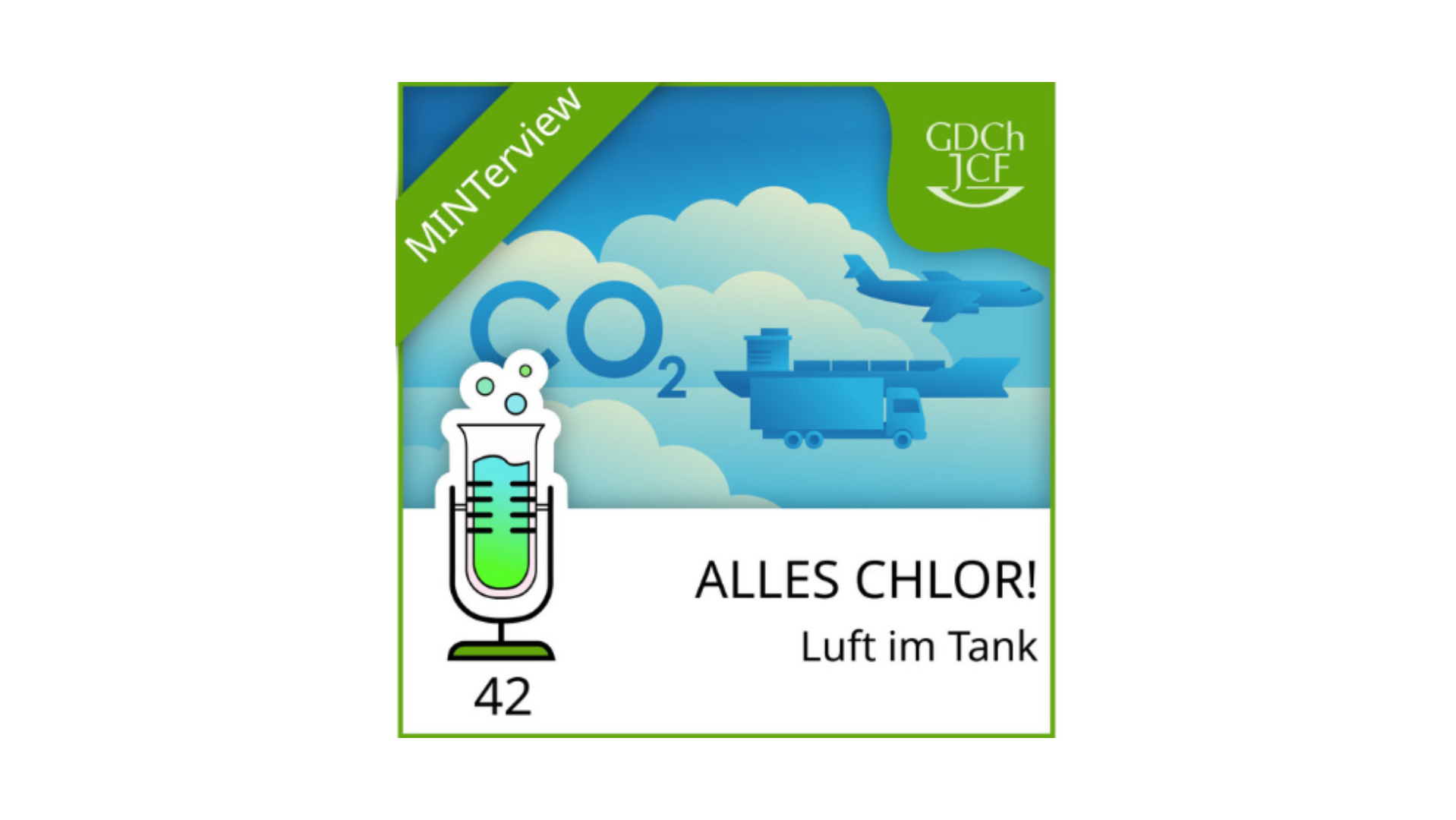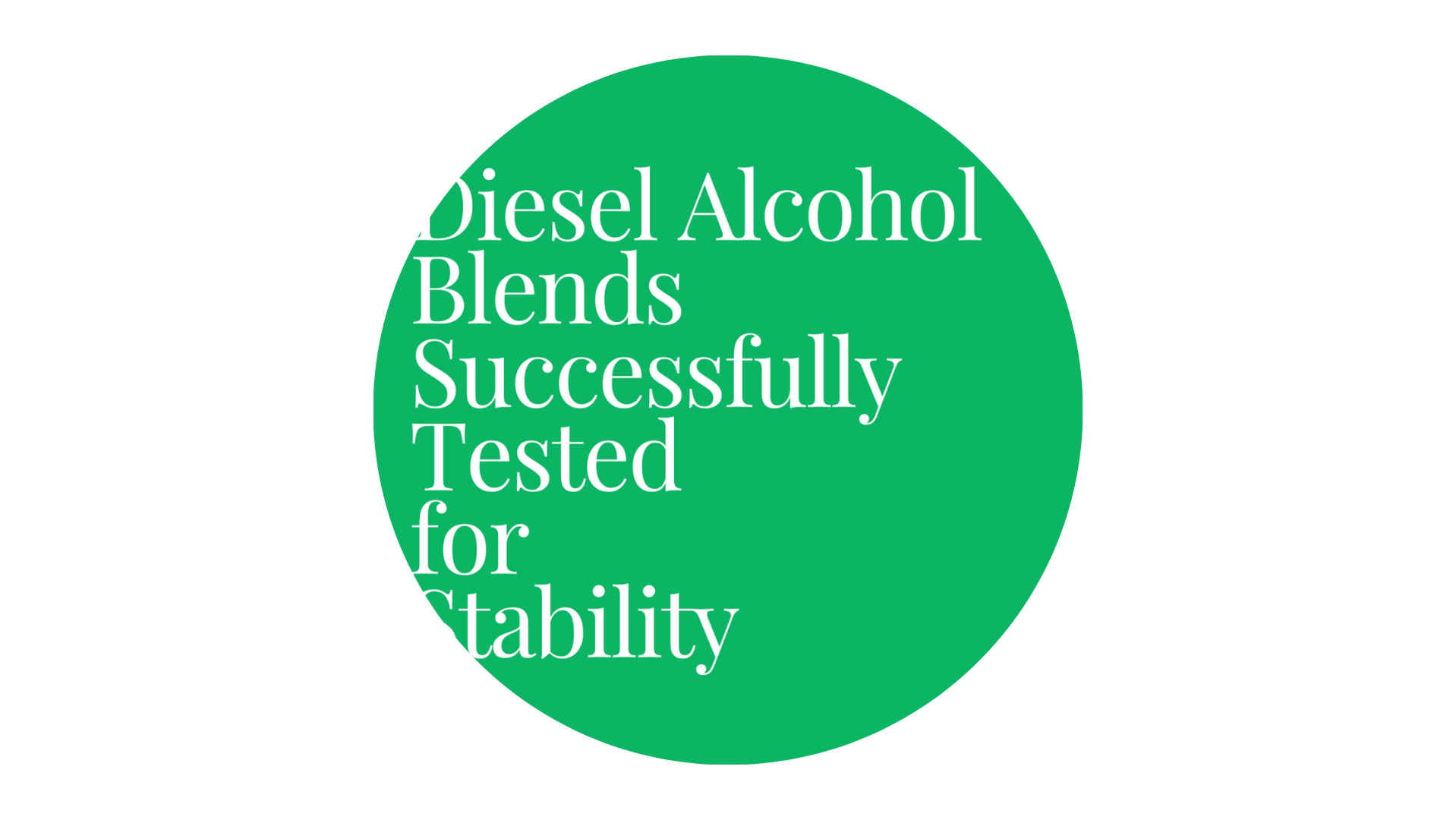The fluctuating power from renewable energy sources like wind and solar presents challenges for directly connecting to CO2 electrolysers to produce renewable fuels. But reducing the capital costs of CO2 electrolysers could enable cheap decentralized production leveraging intermittent renewable electricity.
Capex Influences Levelled Fuel Costs
The upfront capital expenditure (capex) of building a CO2 electrolyser system includes costs like materials, reactors, instruments, and infrastructure. This fixed capex investment is spread over the total fuel production when calculating levelled fuel costs.

A higher electrolyser capex directly increases levelled fuel costs. Capex must be balanced against factors like operating costs, electricity consumption, utilization rate, and system lifetime.
Maximizing Utilization Lowers Levelled Costs
The key to minimizing the impact of capex on levelled costs is to maximize utilization – the amount of hours annually the electrolyser can run at full capacity. Greater utilization spreads the fixed capex over more fuel production, lowering overall costs.
Connecting electrolysers directly to renewable energy sites enables maximum utilization. Wind and solar provide cheap, intermittent power that allows steady operation when renewable electricity is abundant.
For example, doubling annual operating hours from 4000 to 8000 can lower levelled fuel costs by 41% in cost analysis models. So the more hours an electrolyser can be utilized annually, the faster the initial capex is paid down through fuel production.
Capex Targets for Competitive Fuel Costs
Experts estimate CO2 electrolyser capex must fall below $250/kW with renewable power input to produce hydrocarbon fuels costing $100-200/ton. Current capex remains over $1000/kW, indicating 4-10X cost reductions are needed.
Potential strategies for lowering capex include new earth-abundant catalysts, improved manufacturing techniques, larger volumes, and simplified system designs. The rapid growth of renewables provides ideal timing for adopting cost-competitive CO2 electrolysers.
Intermittency Challenge of Renewables
But the intermittent nature of renewables makes full utilization of high capex electrolysers difficult. For example, wind may only enable 30% annual capacity factor. This means an electrolyser designed for continuous 24/7 operation would sit idle 70% of the time!
Grid Dependence Locks in High Costs
High capex systems have large fixed costs for equipment depreciation and financing. The only way to spread this is maximum production by paying for grid electricity during idle times.
For a $100M electrolyser, fixed costs of $5M annually require 8000 hours of operation. Purchasing grid power for $50/MWh during idle times leads to $13M total annual costs.
Low Capex Enables Grid Independence
In contrast, a $20M electrolyser with $1M annual fixed costs can be profitable with just 4000 operational hours annually. Avoiding grid power purchases offsets lower utilization rates.
This grid independence enables locating directly at renewable sites to leverage intermittent wind and solar power once capex is low enough. On-site production from renewables can potentially lead to very low fuel costs.
The Bottom Line
Reducing CO2 electrolyser capex will be key for unlocking favourable economics of renewable fuel production. Low capex systems can overcome the intermittency of renewable electricity sources to produce low-carbon fuels and chemicals at costs capable of competing with fossil fuel incumbents.






